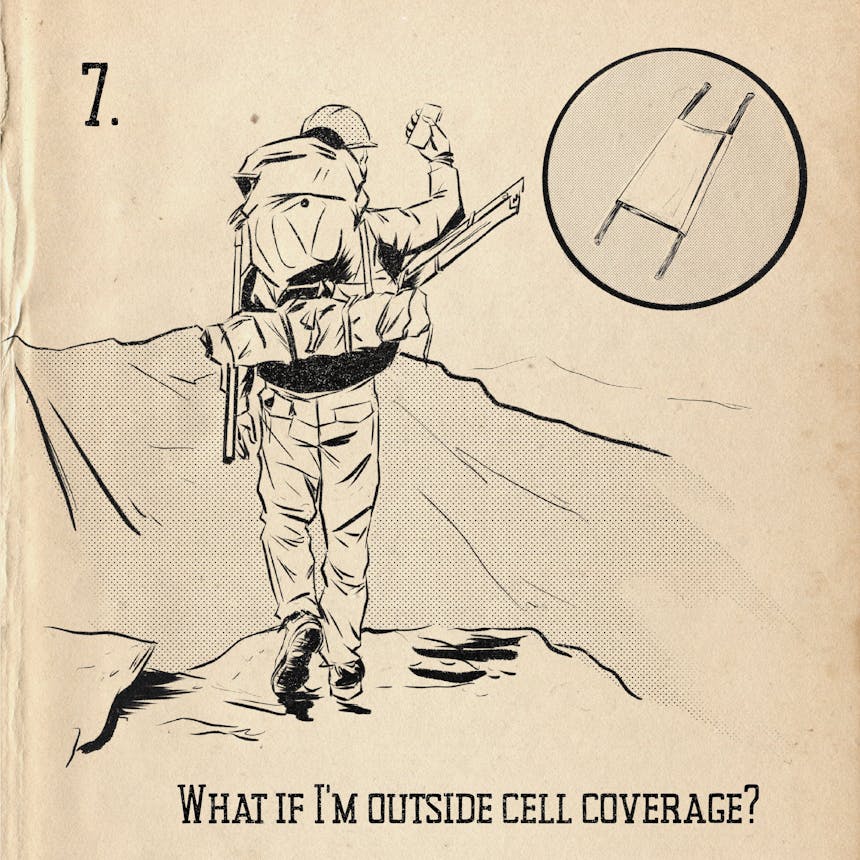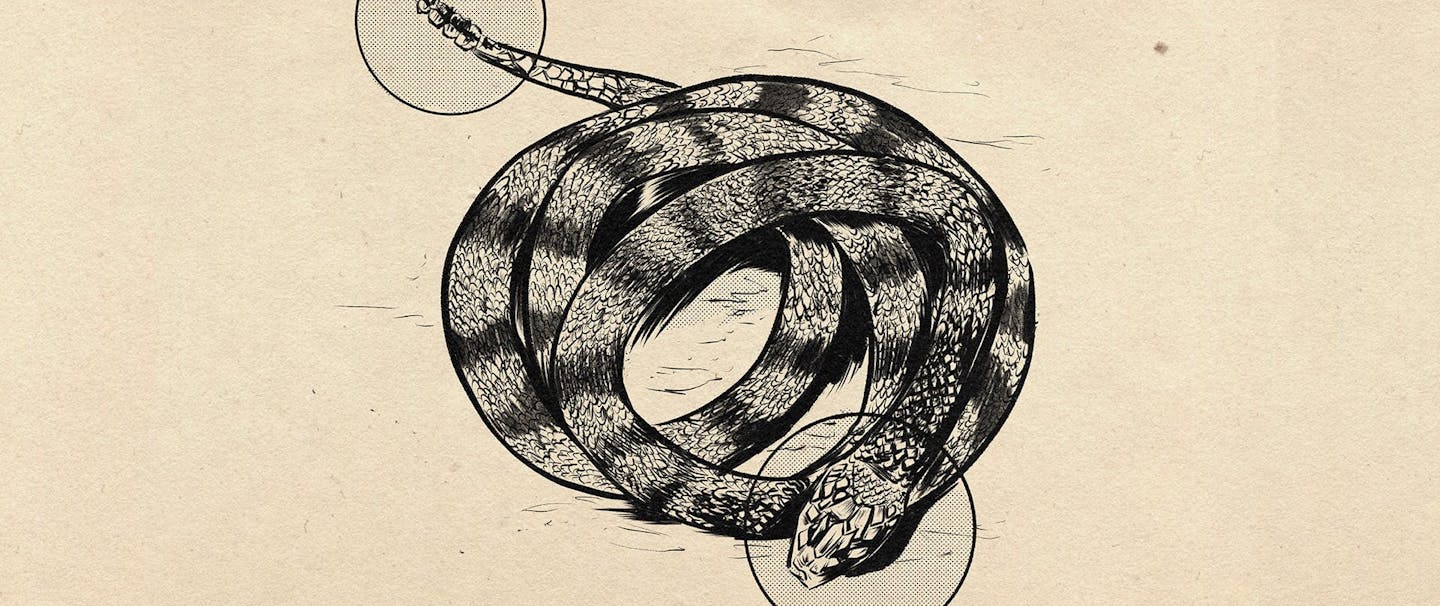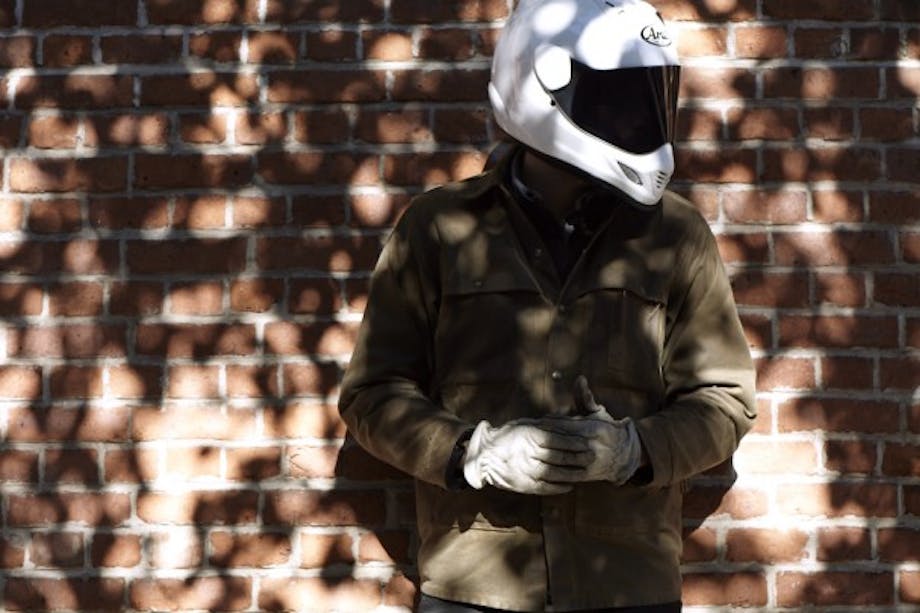While snakebites are a relatively rare occurrence, knowing how to prevent or treat one is a potentially lifesaving skill. This is especially true for those of us who spend a lot of our time outdoors, whether for work or recreation. The more you know, the better you can prepare if something should ever happen to you or a loved one. Below are some of our tips on what do.
First, when traveling through snake territory, or simply working outdoors, it’s best to dress appropriately for the conditions. One of the most important pieces should include a solid pair of boots and quality long pants. If you happen to cross paths on the trail or working around the backyard, this will be your first line of defense in a snakebite scenario.
Despite popular perception, it’s worth noting that snakes are essentially very timid creatures – often forming a key link in a strong ecosystem. While they can’t hear as we do, any sense of vibration will likely scare them away. Walking with heavy footsteps or stomping on the trail is usually enough to deter even the bravest of ‘rattlers. Combined, these two tips should be enough to prevent most encounters.
That said there’s always the potential for something to go wrong. Should a snakebite occur, we’ve compiled a step by step on what to do next. Note: if you’re in a wilderness area known for venomous snakes, consider packing anti-venom.
WHAT NOT TO DO:
- Pick up or attack the snake.
- Cut the wound.
- Attempt to suck out any venom.
- Apply a tourniquet or ice.
- Drink caffeine or alcohol.
WHAT TO DO
- Determine if the bite is venomous or non-venomous.
- Remove any tight or constricting clothing, shoes, socks, jewelry, etc… around the bite area to mitigate swelling.
- Remain calm and minimize movement; try to keep your heart rate as low as possible. Lay or sit down with the bite below the level of the heart.
While this is easier said than done, it’s critical to continue to act as logically as possible while slowing any potential poison from entering your bloodstream.
- Treat as a puncture wound if non-venomous:
Stop the bleeding by applying firm, direct pressure with a sterile gauze or clean cloth until the blood coagulates. Clean the wound with soap & water. Apply antibiotic cream if available. Using a sterile bandage or sterile gauze, wrap the wound. For pain treatment, over the counter medications such as ibuprofen may be used. - If venomous, administer anti-venom per directions.
- If the bite is venomous and you have cell service, dial 911 or the local Emergency Medical Services.
Try to remember the color and shape of the snake – this can help with treatment. It’s worth noting any natural features, roads, trail markers, or other definable features. Try to make a mental note as you’re traveling.

7. What if I’m outside cell coverage?
If you’re outside cell coverage and the snakebite is venomous, your best bet if there’s a group of people is to fasten an improvised stretcher to transport the victim to the closest trailhead, road, etc., if possible. A pair of long branches, and a tent, sleeping bag, or ground tarp are good options. Alternatively, send a member of your party to higher ground or towards civilization to seek cell coverage, or additional medical help.




